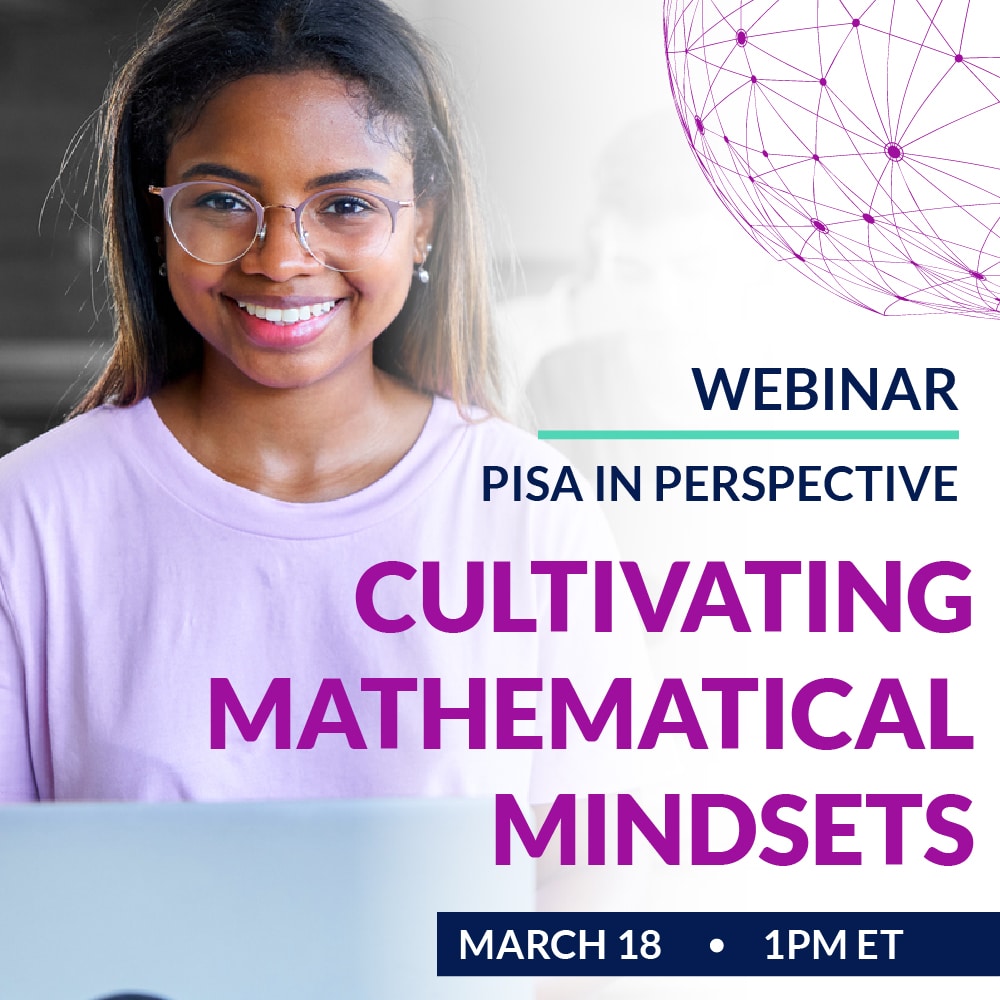Time is a key resource in our schools. But is more time always better? Are there strategies to help us use time more effectively for our learners?
The first in our Thinking Differently webinar series, this webinar in April 2025 explored how elementary and middle schools can design time more intentionally to support deeper learning and stronger teaching, drawing on global research and real-world practice.
Hosted by NCEE’s Vicki Phillips, with a panel of experts including researchers and practitioners, this webinar highlighted practical takeaways from global systems and spark ideas for rethinking time in your own setting.
Read the brief, Thinking Differently About Time, Part 1: Grades 1–9
Register for the second webinar in this series, Thinking Differently: Reimagining Time in High School on May 28, 2025, here.
“Time is one of our most precious resources. It’s also one of the most powerful levers we have when it comes to transforming outcomes and creating the conditions for teaching and learning to thrive.” – Vicki Phillips
In the first installment of NCEE’s Thinking Differently webinar series, this session explores how time in elementary and middle school can be used more intentionally to support deeper student learning and greater teacher success.
Jackie Kraemer, Director of Policy Analysis and Development at NCEE and lead researcher on Thinking Differently About Time: Grades 1–9, opened the session by sharing key insights from top-performing education systems around the world. =
“We were surprised by what we didn’t find. These weren’t long, packed school days with double periods of literacy and math. We actually saw fairly short class periods—sometimes as short as 35 minutes.”
She also noted the consistent use of brief, structured breaks between lessons—often required by national policy—not just as time to switch classes, but as intentional pauses to help students reset and return ready to learn.
She then highlighted how these systems approached the structure of schooling over time. Many used multi-year student cohorts—keeping the same group of students together across several grades—which helped strengthen peer relationships and create a more stable learning environment. Learning expectations were organized by broad developmental stages rather than rigid grade levels, allowing more flexibility for students to progress at different paces. Teachers also had more dedicated time for planning and collaboration, supporting efforts to personalize learning and respond to individual student needs. Overall, the findings challenge traditional assumptions about time in school and offer powerful examples of how intentional design can better support both learning and teaching.
A panel discussion followed with three inspiring leaders who are designing time in new ways:
- Vincent Balsamo, Principal at Wallace Middle School in Waterbury, Connecticut, brought a grounded perspective from a U.S. school leader actively reimagining time to better serve students and teachers.
- Eve Eisenschmidt, Professor of Educational Leadership at Tallinn University, offered a global lens grounded in Estonia’s innovative approach to curriculum and time.
- Brian Pick, Director of Education Grantmaking at the Charles and Lynn Schusterman Family Philanthropies, connected the dots between policy, practice, and philanthropy—drawing from his experience leading instructional strategy in DC Public Schools.
Together, the group examined how time can be designed—not just managed—to better align with what students and teachers truly need.
“Sometimes we get stuck in the rut of what we’re used to, and not really realizing what other people do. The brief was a wonderful opportunity to see a lot of different ideas from around the globe about how to use time.” – Vincent Balsamo
Whether you’re a district leader, policymaker, or educator, this conversation offers practical insights and bold ideas for rethinking one of schooling’s most powerful design tools.




